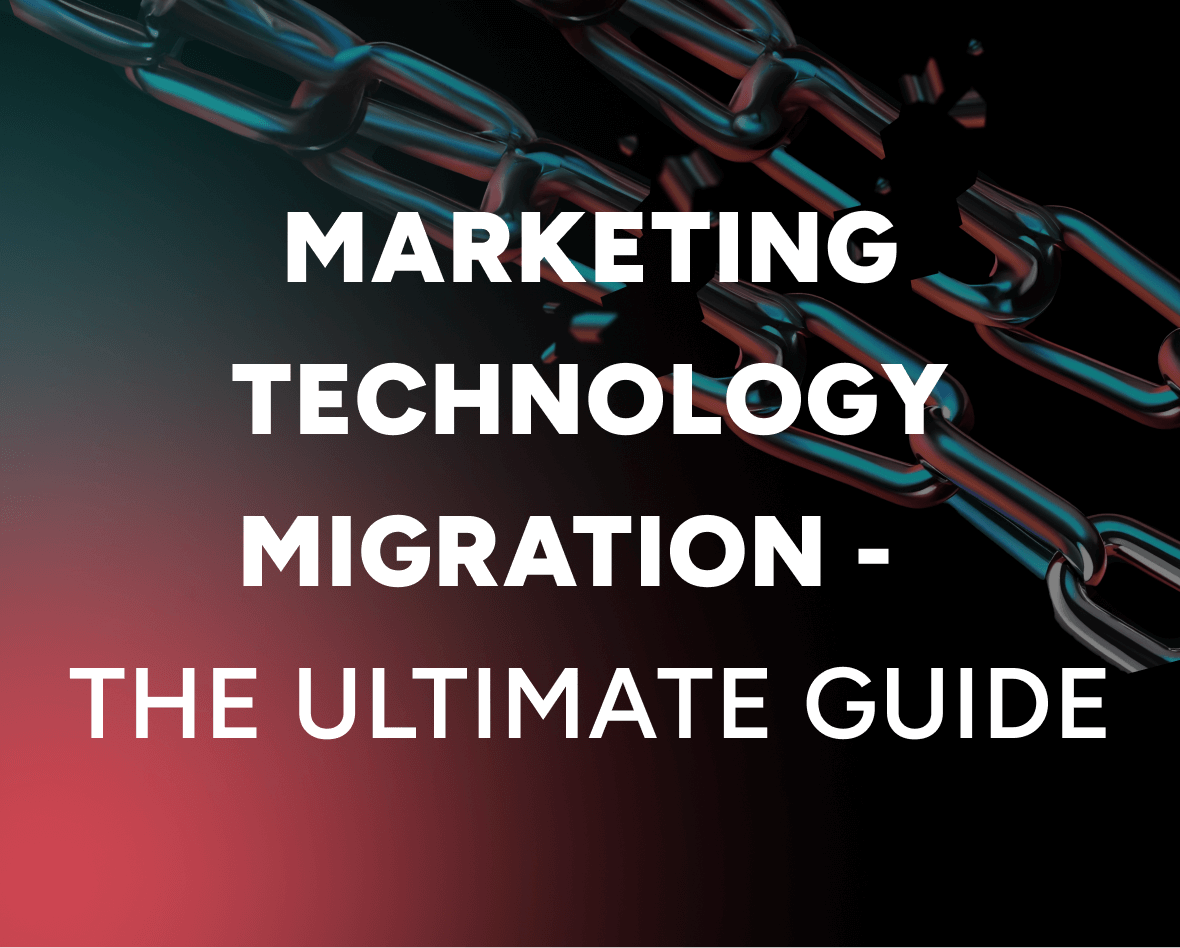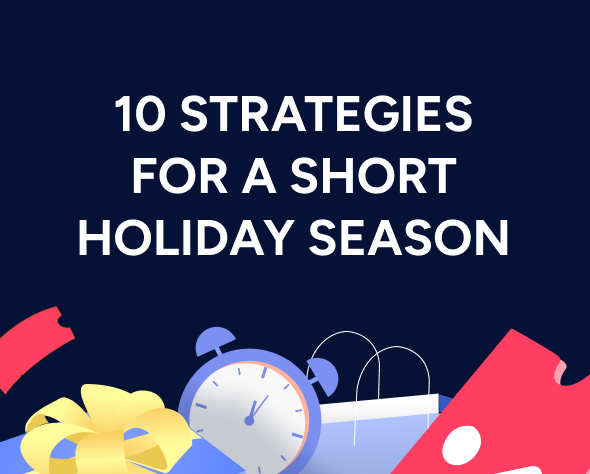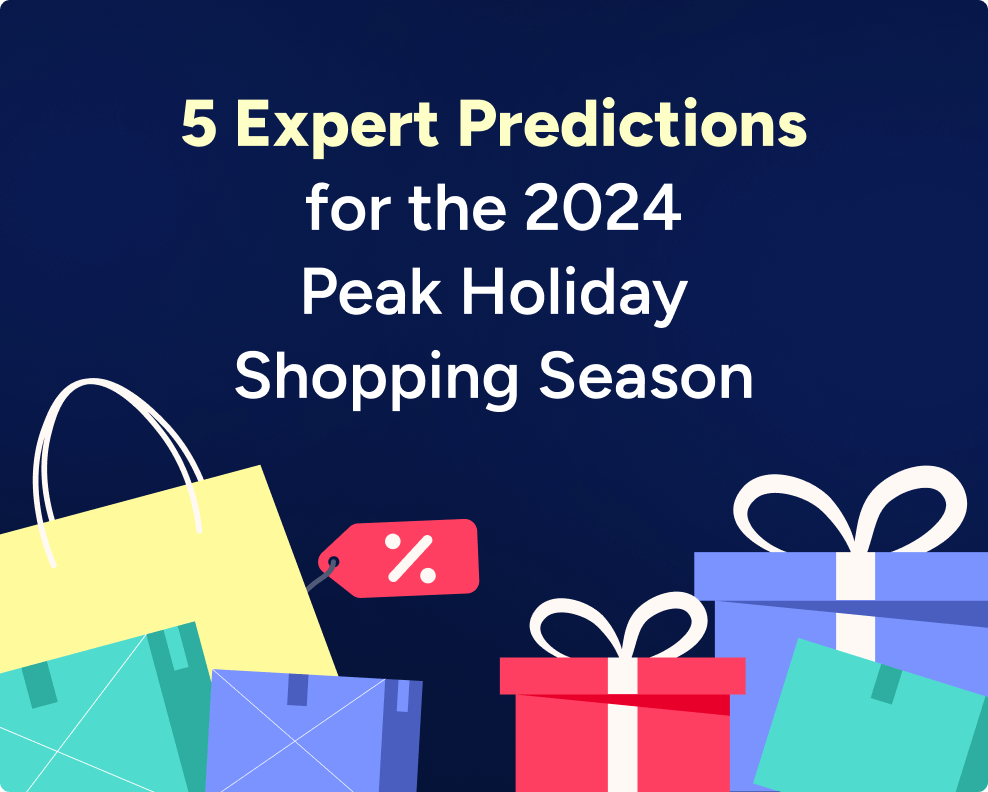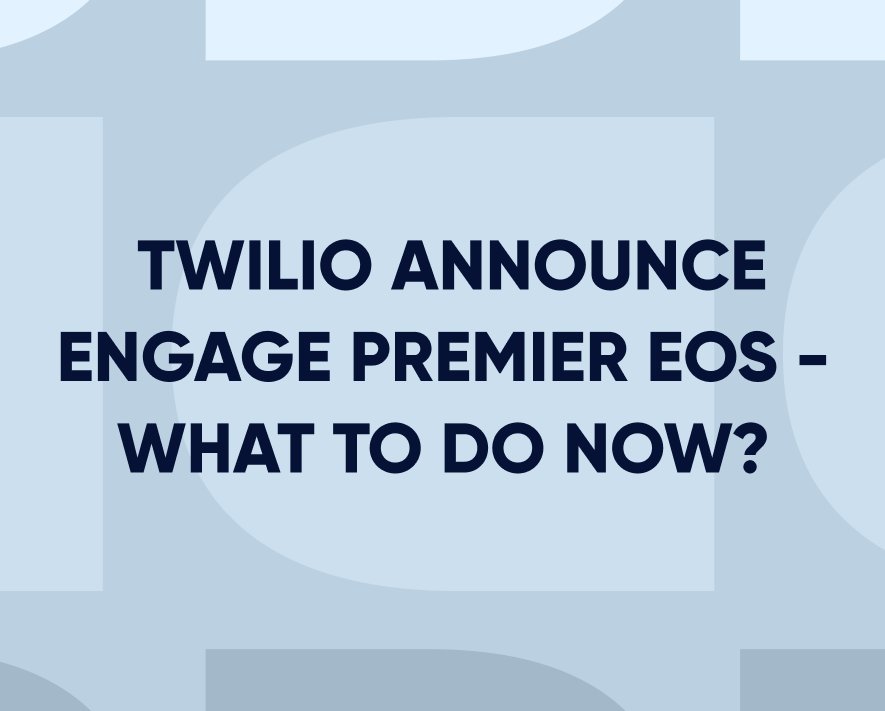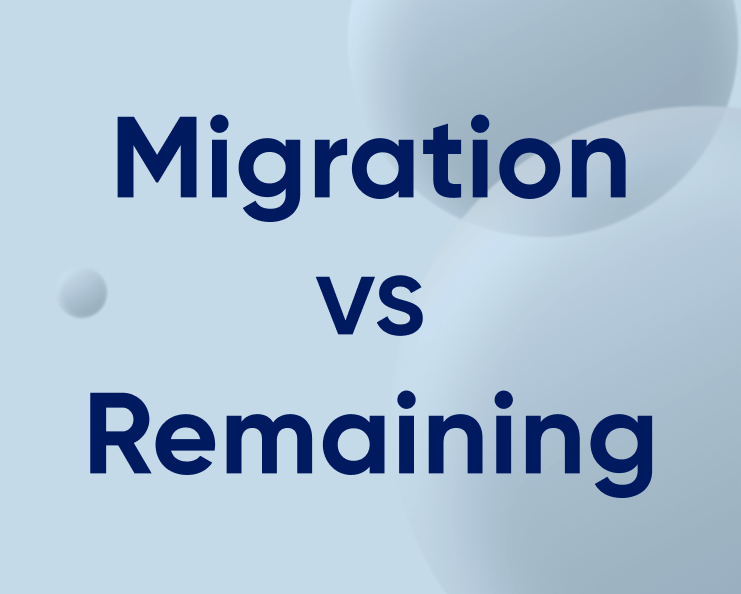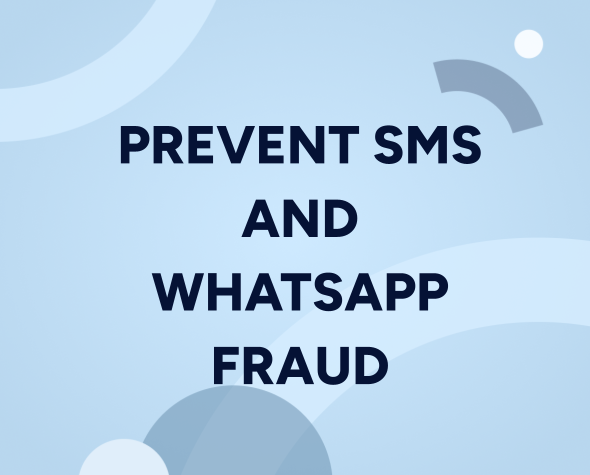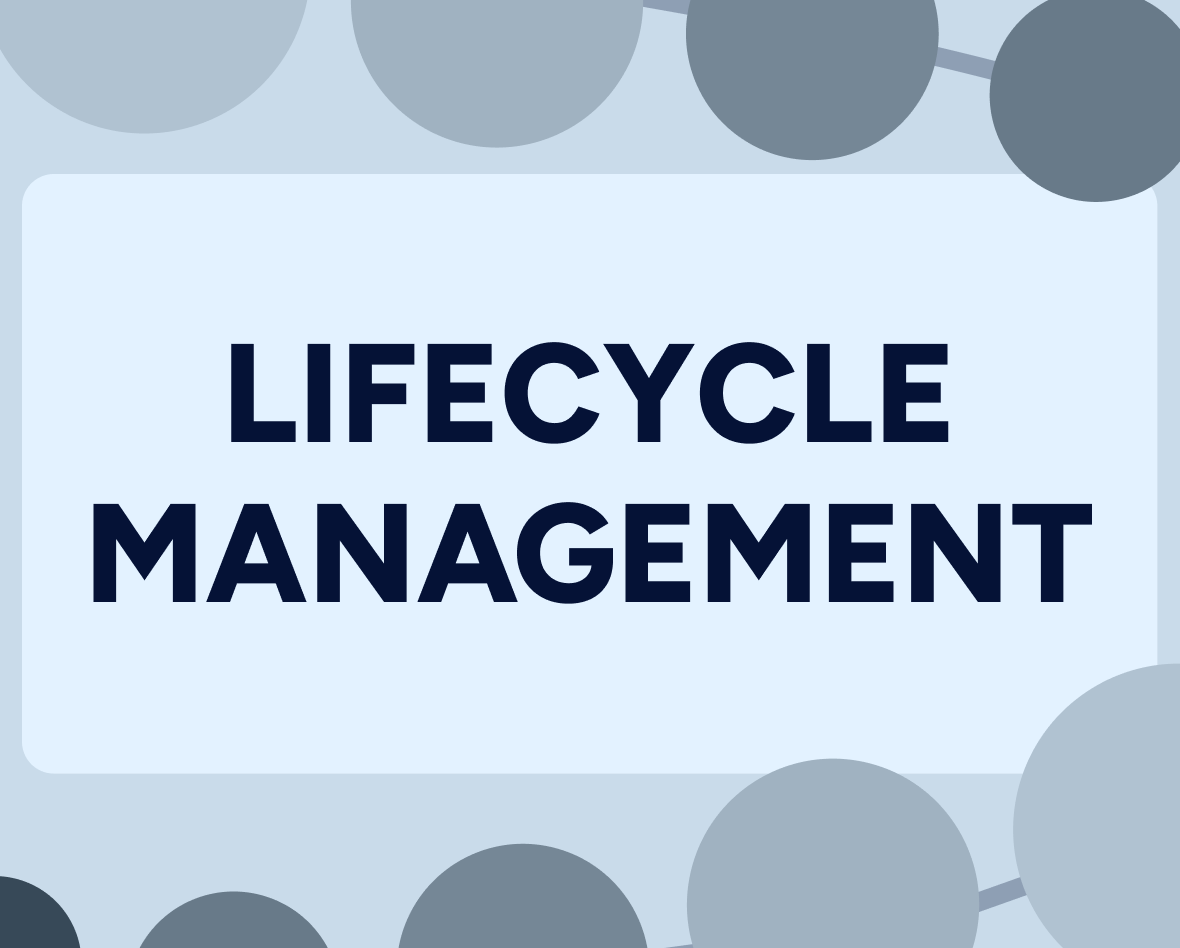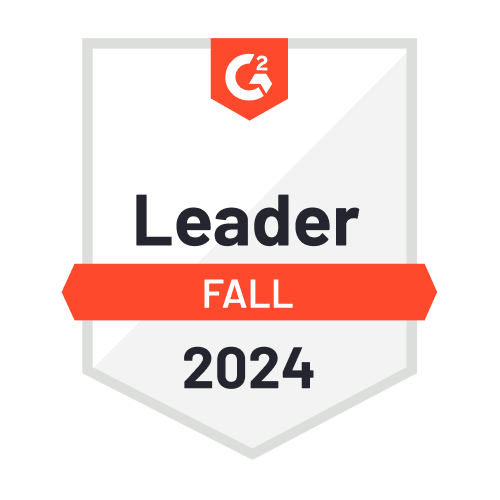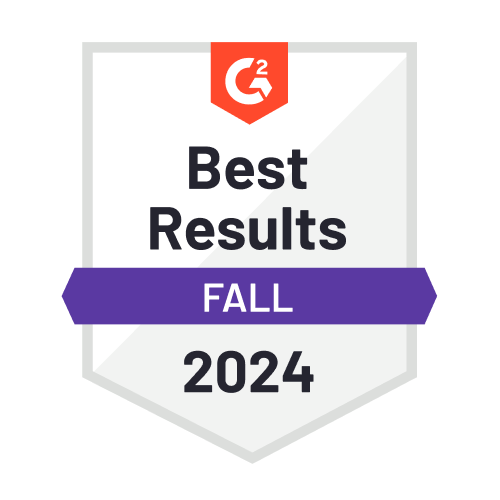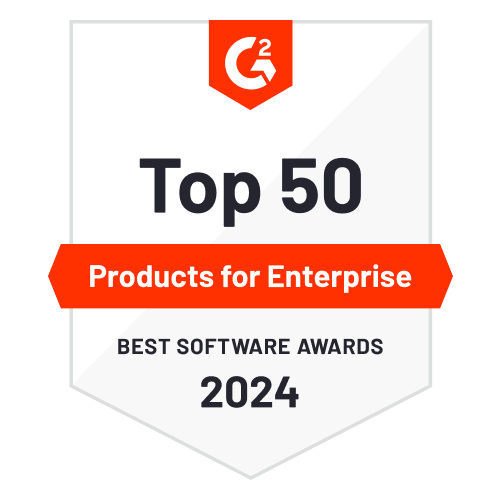Customer acquisition strategy: How to win new customers
The cost of new customer acquisition has increased by more than 50% in the last five years alone. Today, with marketing costs skyrocketing and customer trust diminishing, the playground is more competitive than ever. A new product or a creative TV ad will no longer cut it—brands need to innovate and do it fast.
Customer acquisition, by definition, is the strategy that brands follow to bring new customers to the business. Customer acquisition is an umbrella term and comprises all the marketing, sales, customer service and technology efforts that go into winning new customers.
Updated on Aug 10, 2020
Customer acquisition is a key metric for businesses because not only is it a measure of growth but also a reflection of the brand’s value and trustworthiness that convince customers to do business with the brand.
However, businesses today are faced with a unique challenge—acquiring new customers is not easy and it’s also expensive.
What Is a Customer Acquisition Funnel?
The customer acquisition funnel is a graphic representation of the customer journey, which highlights the stages in the purchasing process of the customer. This funnel tracks the flow from where a prospect turns into a lead, all the way to when the lead converts into a paying customer.
The customer acquisition funnel mainly comprises of the below stages
- Visitor
- Leads
- MQL
- SQL
- Opportunity
- Customer
As the user moves through this funnel they become aware of the brand and its products, further on they start considering the products and eventually make a decision to become a paying customer.
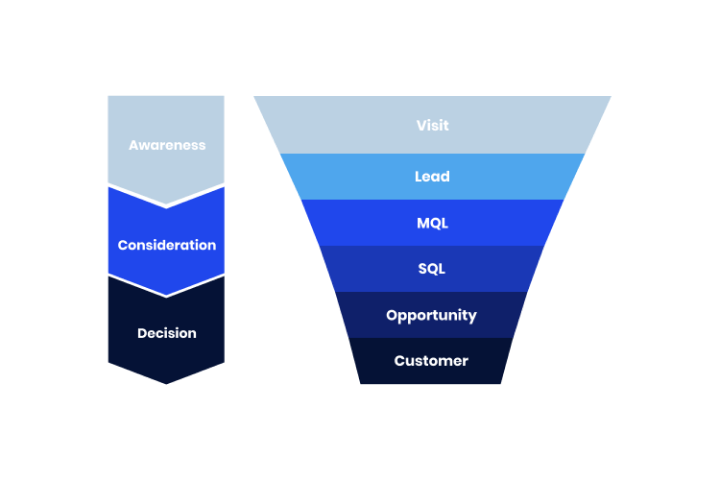
A working customer acquisition funnel is a well thought out plan on how to Attract >> Convert >> Close >> and Delight customers.
How to Build a Customer Acquisition Plan?
Building a customer acquisition strategy (plan), also known as acquisition marketing, is the process of building a strategy to market your products to new customers.
Acquisition marketing is all about targeting those customers who are already aware of your brand and are evaluating your offerings in their decision to make a purchase.
A customer acquisition plan is all about building engagement strategies that focus on your audience, their interests, the available resources you can work with and the results you want to achieve. Here are some of the common strategies you can incorporate into your acquisition plan.
Content Marketing
A proven strategy that has worked for ages, content marketing works by creating exciting and highly relevant content that is targeted at gaining your audiences’ attention by cutting through the noise and building trust about your brand, products and what you stand for.
Content marketing includes blogs that aim to educate, inform and assist prospects in their path to purchase. To further enhance the impact of your content marketing, you can promote eBooks and case studies that show how your products have been working over time and some of the results you’ve helped other customers achieve by using your products.
Social Media Marketing
Your prospective customers spend a lot of time on Social Media, engaging with other customers, reading reviews and conducting their own research about your brand and competitor brands. Social Media Marketing can help you target this segment of users.
You can either resort to organic social media strategies or paid strategy. Organic strategies are effective at building brand awareness and relationships, but they require consistency over a period of time. Paid strategies are effective at getting your content in front of your audience and above the organic traffic. A social media strategy that makes use of both organic and paid is ideal.
Search Engine Marketing
Your prospective customers do a lot of search in their consideration stage, this is the reason why brands take a lot of effort to optimize their search results (Search Engine Optimization).
And just like social media marketing, you can make use of both organic and paid strategies to optimize your search marketing. You want your users to see your brand as high up on the search results as possible when they search for related products or competitors, while also optimizing the content to make them want to click on your link.
SEM can be done on individual advertising platforms such as Meta, Google, Bing etc. If you are running multiple campaigns on multiple platform you can use an ad management platform to run all your ads from ad management platform.
Email Marketing
There’s a reason why lead-generation is a very powerful tool—the potential to leverage these leads by engaging them and leading them onward in the funnel to conversion.
Since email has been around since the early days, it might seem as an outdated channel, but it still serves a highly effective way to promote relevant information and engage customers with discounts and subscriptions. Furthermore, email marketing also serves to build relationships with customers, like sending a birthday email, or a surprise offer on their anniversary with your brand.
Having clear and defined call-to-action buttons in your email can further improve your email marketing metrics.
The Challenges of Customer Acquisition
The modern-day marketer is faced with two grave challenges
- Eroding trust
- Diminishing patience
Take a look at these statistics and you will realize why acquiring new customers is no longer a walk in the park. A fairly straightforward concept on paper and in theory, but a rocky cliff in practice, and for a good reason too-
- 81% of customers trust reviews from friends and family over the brand messaging
- 71% of customers do not trust sponsored ads
And that takes away the two most available customer acquisition strategies for brands, just like that.
Customer Acquisition Isn’t Getting Easier
So, we’re dealing with eroding trust and growing impatience leaving brands with the dilemma of having to pull new tricks out of the old hat. To compound the challenge and make matters trickier, the online digital transformation is making new customer acquisitions more distant. How?
Cost of Marketing is Increasing
Brands work in today’s digital era by making themselves available online—but how easily can a potential customer find a brand online is the million-dollar question.
Take Google for example, where the world comes to search. The first results are paid ads, and organic results fall further down. Considering those users accessing the search from their mobile devices, organic doesn’t even show up on the first page.
The digital world today is increasingly dominated by sponsored content, and any business will need to incorporate a bit of paid promotions to get any meaningful results from their organic efforts.
Here’s another interesting fact – almost 52% of product searches have their starting point on Amazon and 48% of content find their search origins on Facebook. Why is this interesting? Because both these platforms sell advertising real -estate (online).
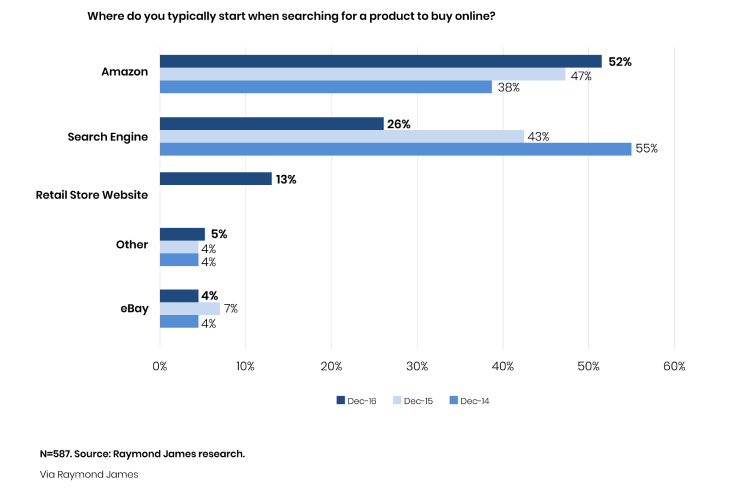
With hundreds of brands vying for customer attention in limited real estate, it is hardly surprising why the cost of acquiring new customers is rising.
GDPR
With the passing of the General Data Protection Regulation (GDPR) by the EU, marketers are faced with renewed restrictions on obtaining, managing and making use of personal data. Data such as email address, contact number etc. which could otherwise have been used to target and engage customers.
Adding to a growing list of challenges, marketers must now navigate around several tight corners in the effort to acquire new customers.
Eroding Trust
Customers used to trust brands based on their interactions with salespeople, billboard advertisements and TV commercials, not anymore. Today, consumers rely on peer reviews, suggestions from close friends before making a commitment. Third-party review websites such as G2Crowd, Glassdoor, Yelp, etc. means that customers are readily served with user reviews, both good and bad.
This is a reality that marketers have to deal with, but that’s not to say winning back this trust is impossible. Luckily there have been great strides in technology that are capable of bringing back the “personal” into the customer engagement equation.
The ancient marketing wisdom has gained a bad reputation by being a selling force. Selling to anyone who’s willing to buy and selling even if the customers don’t want it. Aggressive marketing campaigns that accompanied this strategy have been deemed as intrusive by customers and therefore the reason why customers today are wary of brand marketing.
How to overcome this
Let’s apply the reverse logic and instead market to those customers who are most interested in making a purchase.
This way, brands can remain relevant to customers who are interested, while not being intrusive to those who are not. This seems like a balancing act on a tight-rope, and it would be if the effort involved were a manual one. Luckily, there are AI-powered tools that can make quick work of this.
Predictive Ad Audiences: It’s All About the Right Targeting
Customers don’t blindly trust brands anymore and engaging in paid marketing can be an expensive drill, if you aren’t sure about the audience you’re targeting.
Predictive Ad Audiences are AI-powered segments by Insider that take the guesswork out of the equation. Using predictive segments, marketers can only target those users who are most likely to make a purchase, fill a form or subscribe in advertising channels
As a result, the CAC is optimized and Return On Ad Spend (ROAS)is improved considerably along with better conversion rates and enhanced customer experiences.
How will this work in practice?
Suppose a brand is looking to target customers online, the conventional method would allow the brand to target users across channels such as Facebook, Google AdWords, Instagram, etc. however, it would not allow for any visibility into which of these users would be most likely to engage with the ad and convert.
Predictive Ad Audiences help marketers through this dilemma. These segments help marketers target micro segments based on behaviours and user intent backed by AI technologies.
This way, brand marketers can target those user segments who are most likely to convert in advertising channels thereby improving the Return on Ad Spend (ROAS).
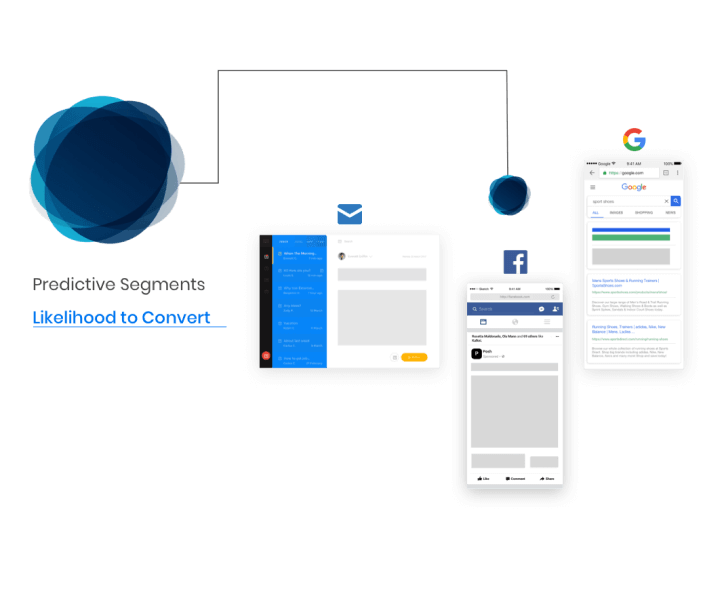
Diminishing Patience
Another reality that marketers have to grapple with is the decreasing patience displayed by users online. According to HubSpot research, 8 out of 10 users stated “immediate response” as being a very important factor in their purchase decision.
And this is not only regarding customer support, but also translates into how soon they are able to find what they are looking for. On average, one out of every four customers drop-off because they are unable to find what they are looking for, the same number also drop-off owing to hidden costs at the checkout page.
How to overcome this
Analyzing customer behavior and user intent can prove effective at tackling this issue. By knowing what customers are searching for and engaging them with relevant information, brands can turn sceptical users into purchasing customers.
Most marketing tools today are capable of this feat—using customers’ online behavior data and identifying key touchpoints to present customers with what they are looking for. Web push notifications or in-app push notifications are prime examples of how this experience can be delivered.
Web Push/App Push: Stay in the Game
Just because a user exited from your website doesn’t mean that you become irrelevant to their purchase journey.
Web Push notifications can be a game changer for brands looking to re-engage customers who have left their website without making a purchase.
Users might leave a website for many reasons, from a product being out of stock, or prices being too high or simply because they get distracted. The good thing is that with web push and app push notifications, it’s possible to engage these users again.
How will this work in practice?
Suppose two users Jane and Jaison are browsing a brand’s website in certain product categories of their choice. After a few minutes, both abandon the site, Jane leaves as the particular product she’s searching for is out of stock and Jaison leaves as the product he’s searching for does not offer any discounts and is out of his price range.
Now, this is not an ideal situation for the brand as they’ve missed out on two potential purchases. But out of sight for Jane and Jaison doesn’t have to mean out of mind. It is possible to bring them both back to complete their purchase. Based on their behavior, marketing engagement platforms like Insider are able to determine their intent—for Jane it is the unavailability of a product and for Jaison it is the price range.
How to re-engage Jane
Jane is probably continuing her search for the particular product she is interested in. Since the product was out of stock on the brand’s website, it is possible to get Jane’s attention by informing her that the product is back in stock.
This is exactly what a Stock Push notification does.
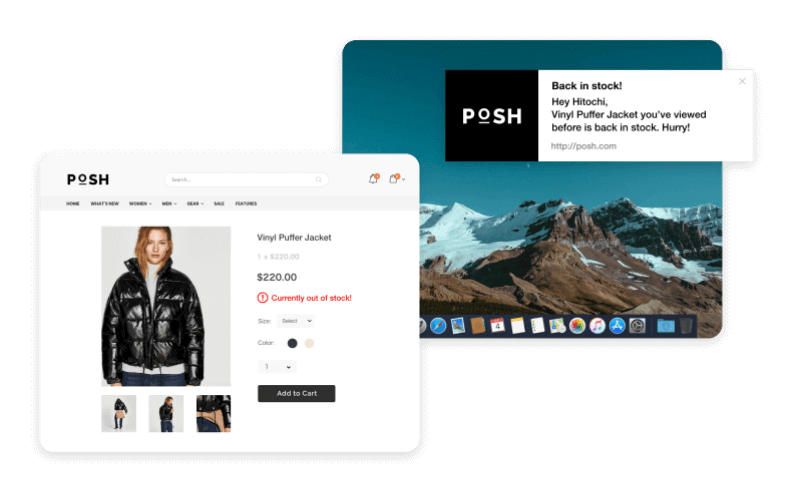
Stock Push notifications work by gently reminding users that their product of choice is back in stock. Brands can further entice users to complete the purchase immediately by adding a discount coupon that expires.
Great! We’ve got Jane back to the site.
How to re-engage Jaison
For Jaison, it wasn’t the unavailability of the product, it was the affordability. Now, Jaison too, Like Jane, will mostly be on the hunt for a similar product he can afford.
Brands can make use of Price Alert Push notifications to inform users when a product has a price drop, or if an itinerary is likely to increase in price. This way, brands can re-engage users even though they have previously left the website.
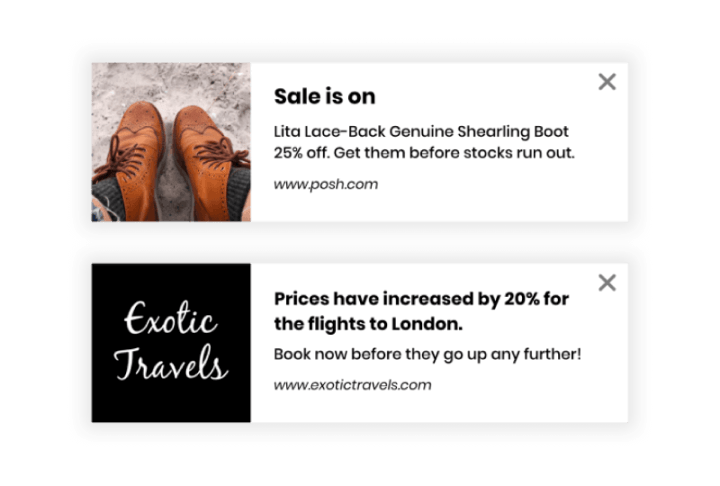
Spin the Wheel: Keeping the Engagement Alive
More people today engage with the smartphone than desktop computers and these users are constantly looking for gamified experiences to keep the engagement alive. Brands can incorporate these elements into their website and app to engage these users.
Wheel of Fortune is a simple yet effective gamified tool that brands can employ straight away and start engaging users. In a customer acquisition scenario, this can be used to collect emails, generate leads and turn new visitors into customers/subscribers.
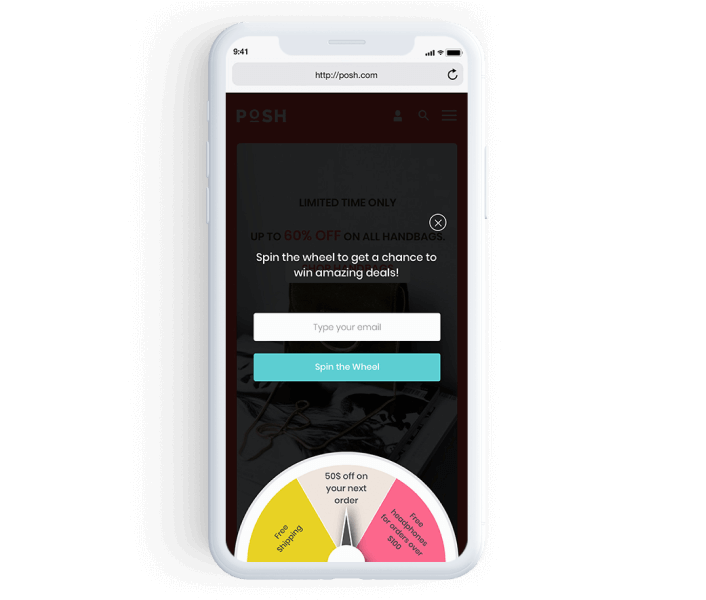
When offered an incentive such as a discount on the first purchase, or reduced subscription rate for the first month, users are more likely to convert, thus helping brands to grow their user base.
The Reality of Customer Acquisition: What You Need to Know
Gaining new customers is great for growth and expansion, not to mention the sales generated from these customers. However, customer acquisition is also a fussy strategy—the cost of acquiring new customers will increase overtime and the potential market segment (new customers) will shrink.
Customer acquisition is the process of signing up new customers, and while many brands shell great sums of money and effort into this metric, often forget that this is just the beginning. Customer acquisition numbers, no matter how impressive, only generate value if those new customers continue engaging with the brand over the customer lifetime journey. This Customer Lifetime Value (CLV) therefore complement the customer acquisition efforts.
If newly acquired customers churn soon after joining, then the cost of customer acquisition just went up again. Customer acquisition must not be seen as a stand alone metric but rather as one of the spokes in the wheel of growth. Acquisition when strategized hand-in-hand with activation, engagement, retention, and revenue will generate meaningful results for the brand and also ensure great customer experiences for users.
Remember that most users rely on word-of-mouth when deciding to make a purchase, making it all the more vital for brands to stand out from the crowd with highly relevant and personalized experiences so that more customers will refer their friends and family.
How Easy Is It to Get Started With Customer Acquisition?
Once you’ve done the initial groundwork such as market evaluation, identifying potential customers and competitor benchmarking, getting started with an acquisition strategy is fairly easy.
To help you implement your brand’s acquisition strategies at scale, Insider has all the tools necessary to start targeting and engaging your potential customers across platforms such as desktop web, mobile web, mobile app, email, ad channels as well as web and mobile web messaging.
The biggest challenge facing marketers today, who are looking to acquire new customers, is the dwindling trust from customers. But this is largely due to irrelevant experiences faced by customers as a result of aggressive paid marketing campaigns. With the help of new AI-powered segmentation technologies, brands can make up for this poor reputation by engaging with users through highly relevant and personalized communication on preferred channels. This way potential customers see only what they are interested in. And, delivering an optimized and individualized user experience will set the stage for great reviews and referrals.
To see how your brand can start optimizing your customer acquisition strategy, talk to our growth experts by requesting a demo here.
Also be sure to subscribe to our blog for future updates and insights on best practices and tips for your marketing strategies.

